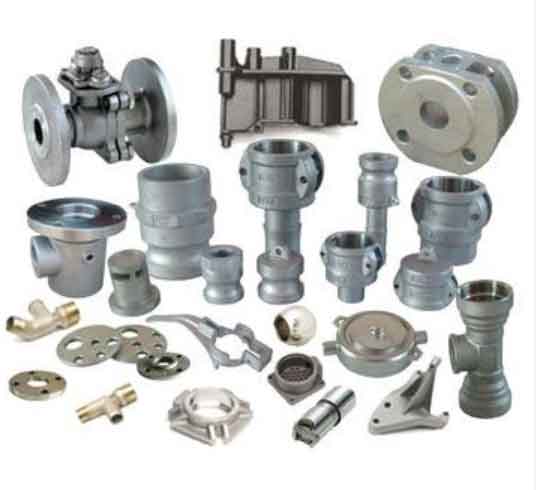Sand casting parts offer several advantages that make them widely used in various industries. Here are some key advantages and applications of sand casting parts:

Advantages of Sand Casting Parts:
- Design Flexibility: Sand casting allows for the production of parts with complex shapes, intricate details, and internal features. It offers design freedom and enables the creation of customized components to meet specific requirements.
- Size and Weight Flexibility: Sand casting can accommodate both small and large-sized parts, making it suitable for a wide range of applications. It is capable of producing components that range from a few ounces to several tons in weight.
- Cost-effectiveness: Sand casting is a cost-effective manufacturing process, especially for producing large and bulky components. The initial tooling and setup costs are relatively low compared to other casting methods, making it economical for both low and high-volume production.
- Material Versatility: Sand casting can be performed with a variety of metals and alloys, including cast iron, steel, aluminum, bronze, brass, and many others. This allows for the selection of materials with specific properties such as strength, corrosion resistance, and thermal conductivity.
- Strength and Durability: Sand casting parts exhibit excellent mechanical properties, including high strength and durability. This makes them suitable for applications that require components to withstand heavy loads, high pressures, and harsh environments.
Applications of Sand Casting Parts:
- Automotive Industry: Sand casting is extensively used in the automotive industry for producing engine blocks, cylinder heads, transmission cases, brake components, and suspension parts.
- Aerospace Industry: Sand casting finds applications in the aerospace industry for manufacturing engine components, aircraft structural parts, landing gear components, and turbine blades.
- Construction Industry: Sand casting is utilized in the construction industry for producing structural components, building fittings, and equipment parts such as pump housings and valve bodies.
- Heavy Machinery: Sand casting is widely used in the manufacturing of heavy machinery components such as pump bodies, gearbox casings, machine frames, and agricultural equipment parts.
- Energy and Power Generation: Sand casting is employed in the energy and power generation sector for manufacturing turbine components, generator housings, and large-scale structural parts.
- Pump and Valve Industry: Sand casting is commonly used for producing pump bodies, impellers, valve bodies, and valve casings in the pump and valve industry.
- Artistic and Decorative Objects: Sand casting is also utilized in the production of artistic and decorative objects like sculptures, statues, and ornamental fixtures.
Sand casting parts combine strength, complexity, and cost-effectiveness, making them suitable for a wide range of applications across industries. The process offers versatility, allowing manufacturers to produce components with intricate designs, customized shapes, and excellent mechanical properties.
